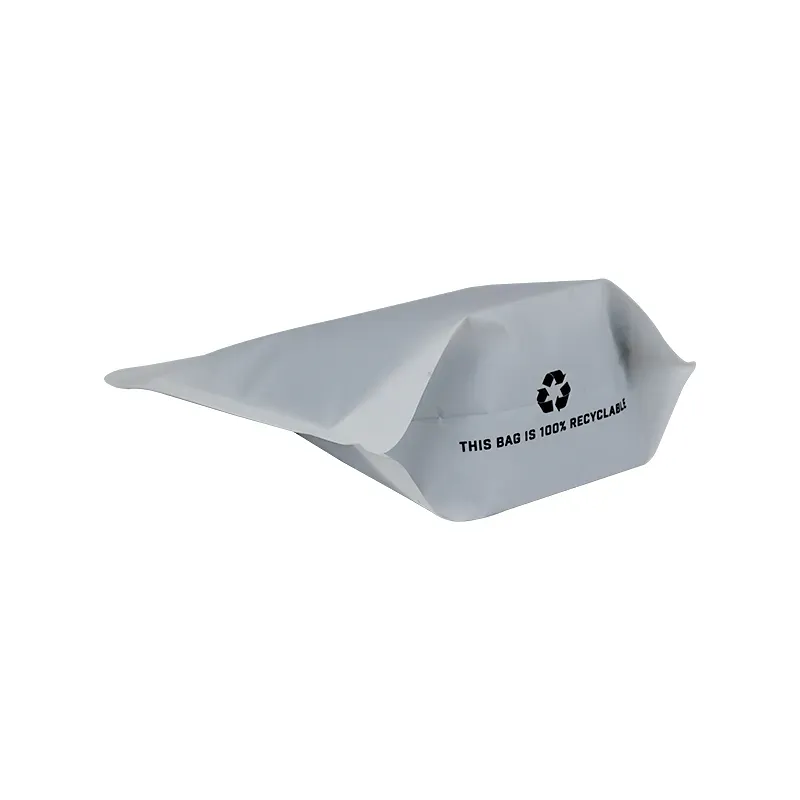- Afrikaans
- Albanian
- Amharic
- Arabic
- Armenian
- Azerbaijani
- Basque
- Belarusian
- Bengali
- Bosnian
- Bulgarian
- Catalan
- Cebuano
- chinese_simplified
- chinese_traditional
- Corsican
- Croatian
- Czech
- Danish
- Dutch
- English
- Esperanto
- Estonian
- Finnish
- French
- Frisian
- Galician
- Georgian
- German
- Greek
- Gujarati
- haitian_creole
- hausa
- hawaiian
- Hebrew
- Hindi
- Miao
- Hungarian
- Icelandic
- igbo
- Indonesian
- irish
- Italian
- Japanese
- Javanese
- Kannada
- kazakh
- Khmer
- Rwandese
- Korean
- Kurdish
- Kyrgyz
- Lao
- Latin
- Latvian
- Lithuanian
- Luxembourgish
- Macedonian
- Malgashi
- Malay
- Malayalam
- Maltese
- Maori
- Marathi
- Mongolian
- Myanmar
- Nepali
- Norwegian
- Norwegian
- Occitan
- Pashto
- Persian
- Polish
- Portuguese
- Punjabi
- Romanian
- Russian
- Samoan
- scottish-gaelic
- Serbian
- Sesotho
- Shona
- Sindhi
- Sinhala
- Slovak
- Slovenian
- Somali
- Spanish
- Sundanese
- Swahili
- Swedish
- Tagalog
- Tajik
- Tamil
- Tatar
- Telugu
- Thai
- Turkish
- Turkmen
- Ukrainian
- Urdu
- Uighur
- Uzbek
- Vietnamese
- Welsh
- Bantu
- Yiddish
- Yoruba
- Zulu
Converting Millimeters to Micrometers for Precision Measurement and Engineering Applications
Understanding the Conversion from Mil to Micrometer
In various fields, especially in engineering, manufacturing, and materials science, measurements are critical. The need for precise measurements becomes even more crucial when dealing with materials and components that require meticulous specifications. One common area of confusion arises from the conversion between two popular units of measurement mils and micrometers. Understanding how to convert mil to micrometer is essential for ensuring accuracy in measurements and meeting quality standards.
What is a Mil?
A mil is a unit of measurement often used to denote thickness, particularly in the context of films or coatings. The term stems from the word milli, indicating a thousandth of something. In practical terms, one mil is equal to one-thousandth of an inch. This means that if you have a material that is 1 mil thick, it is 0.001 inches thick. Mils are commonly used in various industries such as plastics, paper, and electronics for measuring the thickness of materials.
Understanding Micrometer
A micrometer, on the other hand, is a metric unit of measurement that represents one-millionth of a meter. In practical terms for those not familiar with the metric system, one micrometer is equal to 0.001 millimeters or roughly 0.00003937 inches. Micrometers are commonly used in scientific applications, laboratories, and industries like optics and precision engineering, where high precision is critical.
Converting Mil to Micrometer
To convert mils to micrometers, one must know the relationship between the two units. Since 1 mil is equivalent to 25.4 micrometers, the conversion can be straightforwardly achieved using this relationship. The conversion formula is as follows
\[ \text{Micrometers} = \text{Mils} \times 25
.4 \]mil to micrometer

For example, if you want to convert 5 mils to micrometers, you would calculate
\[ 5 \text{ mils} \times 25.4 = 127 \text{ micrometers} \]
This calculation exemplifies how easy it is to transition between these two units of measurement. By keeping the conversion factor in mind, professionals can quickly translate the thickness of materials into the desired unit.
Importance of Accurate Measurement
In industries where precision is key, such as aerospace, automotive, and electronics, even slight deviations in thickness can lead to significant performance issues. For instance, a mil thickness in a coating can affect the durability and insulation properties of electronic components. Therefore, knowing how to convert between mils and micrometers is essential for quality assurance and compliance with industry standards.
Moreover, when drafting specifications, engineers and designers often work in different measurement systems, with some preferring imperial measurements (mils) and others using metric systems (micrometers). Understanding both units ensures seamless communication and collaboration across teams, which is vital for project success.
Conclusion
The conversion between mils and micrometers is a fundamental aspect of measurement in many industries. With 1 mil equating to 25.4 micrometers, the conversion process is straightforward and essential for precise applications. In a world where accuracy and precision are paramount, having a firm grasp of these measurements not only aids in effective communication and compliance but also ensures the integrity and quality of the products and components being manufactured. By mastering these conversions, professionals can enhance their workflow, minimize errors, and ultimately drive success in their respective fields.
In summary, understanding how to convert mil to micrometer can save time and resources, streamline operations, and improve the overall quality of work. It's a skill that professionals across many industries should cultivate for effective project management and execution. Ensure that your measurements are accurate, and don't hesitate to utilize this conversion to enhance your measurement accuracy and precision.













